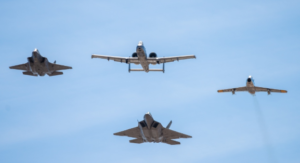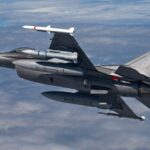
Lawmakers are demanding answers from the Air Force after the fiscal year 2021 budget request included plans to retire dozens of A-10 attack aircraft. The service’s request stated that 44 of its “least-capable” Warthogs would be retired next fiscal year, including two from the active Air Force, 39 flown by the Air National Guard and seven from the Air Force Reserves. Congressional authorizers have pressed top officials on this decision over the past weeks, considering attempts to retire the aging…

 By
By 











